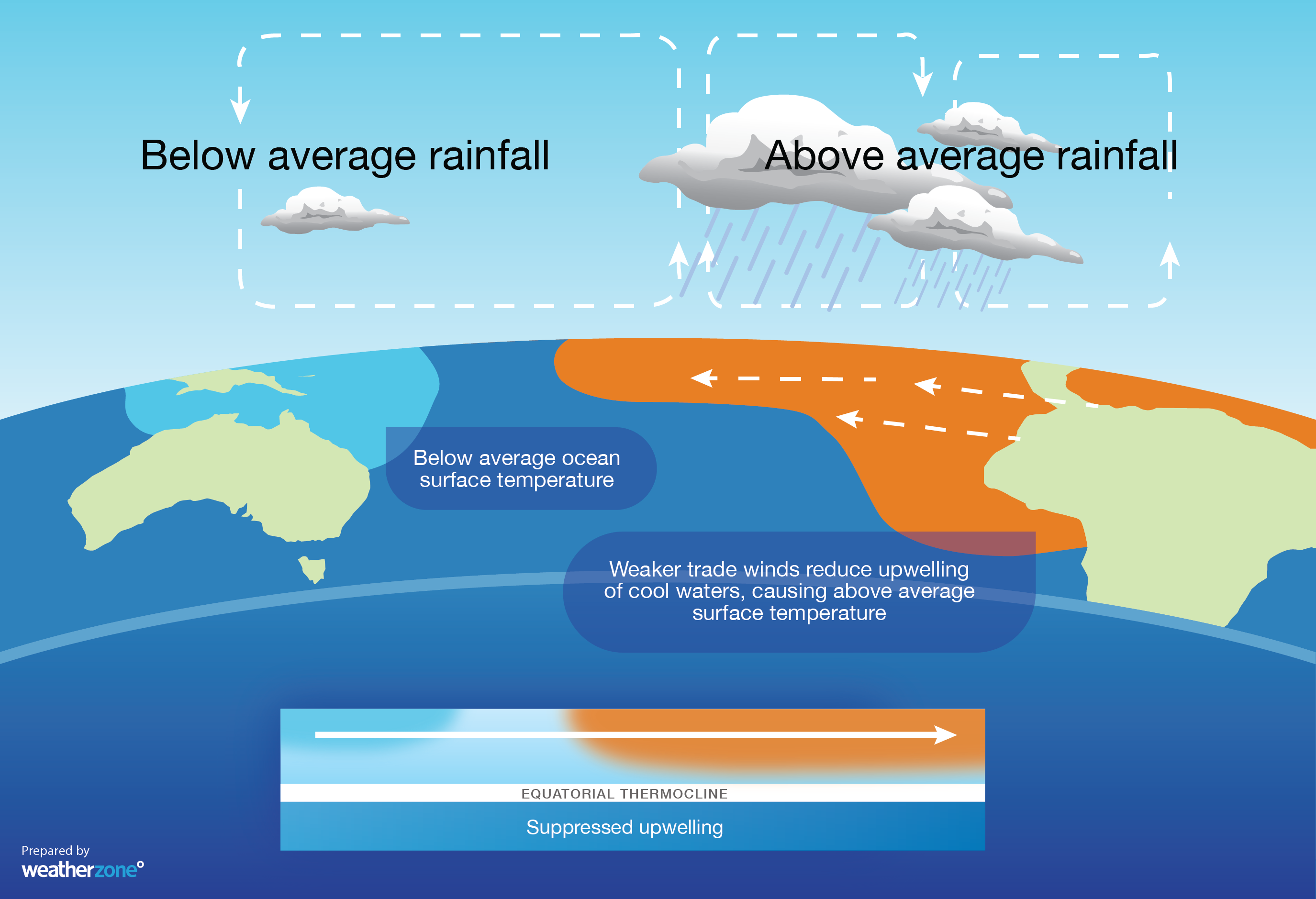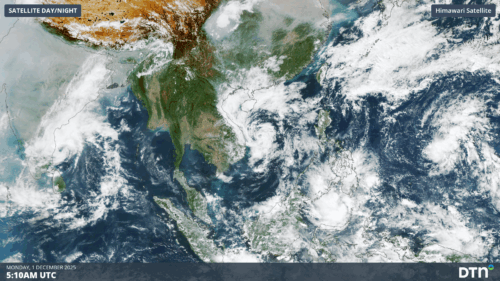It’s over. La Niña and the wetter-than-usual weather it typically brings to large parts of Australia is officially behind us.
Last week, the U.S. Climate Prediction Center (CPC) declared that the 2022/23 La Niña had ended, paving the way for a return of drier and warmer weather in Australia.
Today Australia’s Bureau of Meteorology came to the party.
“La Niña has ended in the tropical Pacific Ocean. The El Niño–Southern Oscillation (ENSO) is now neutral (neither La Niña nor El Niño) with oceanic and atmospheric indicators having returned to neutral ENSO levels,” the BoM announced on Tuesday.
The BoM went on to say that neutral conditions are expected to persist through autumn, however there are signs that El Niño could form later in the year.
Indeed the BoM has issued an El Niño Watch, which means a 50% chance of an El Niño in 2023.
El Niños typically bring drier, warmer weather than usual across Australia, and in the past have contributed to some of the country’s worst droughts.
READ MORE: WHAT IS LA NIÑA AND HOW DOES IT IMPACT OUR WEATHER?

Image: The graphic shows how El Niño impacts Australian weather.
DTN APAC can provide tailored climate briefings to your business to alert you of the most likely weather conditions and hazards to look out for during the upcoming season. Now is a good time to get a good look at the forecast for autumn and an early look at winter. To find out more or to book a presentation, please email apac.sales@dtn.com.






